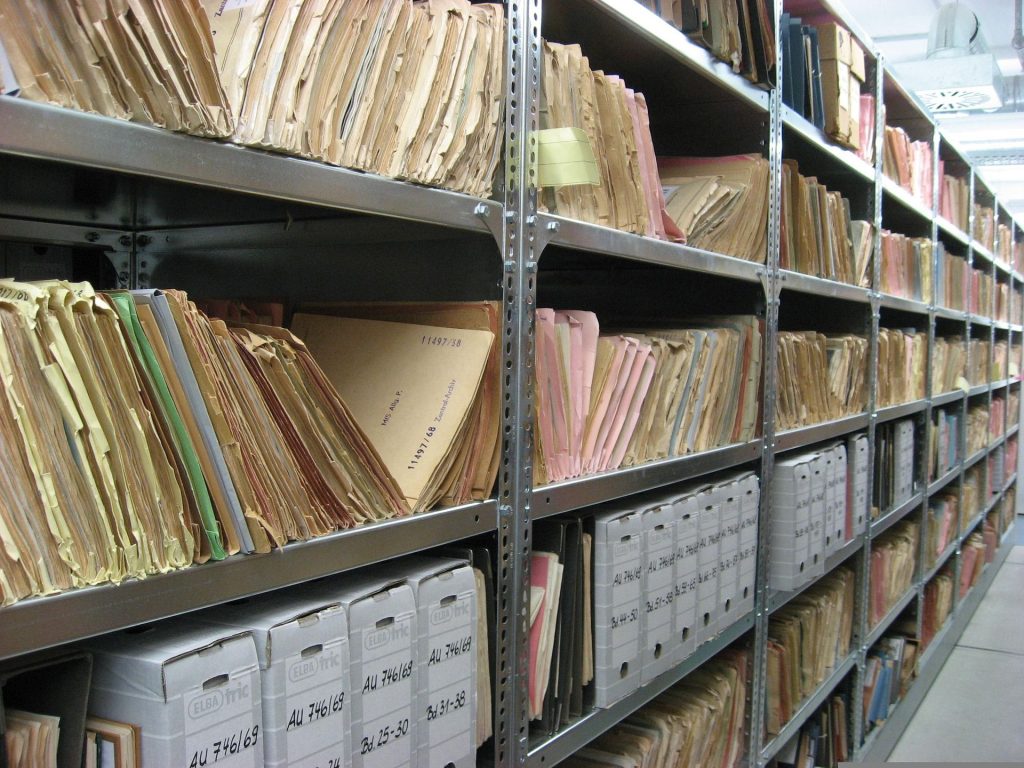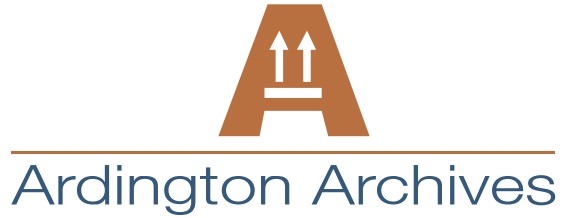Digitising physical documents is an essential step toward modernising your records management, improving accessibility, and reducing physical storage costs. But how much does document scanning actually cost?
At Ardington Archives, we’re often asked this question—and the honest answer is, it depends. Scanning costs can vary based on several key factors. In this post, we break down what influences pricing, what to expect, and how we help organisations find a cost-effective solution that meets their needs.
Key Factors That Influence Scanning Costs:
Volume of Documents
Bulk scanning projects typically benefit from economies of scale. The more you scan, the lower your per-page cost.
Document Condition & Preparation
Fragile, stapled, or misfiled documents may require manual preparation, increasing time and cost.
Indexing & Metadata Requirements
Adding searchable fields, custom file naming, or integrating with a document management system can add value, but also complexity.
Scanning Resolution & Output Format
Basic black-and-white scanning is cheaper than colour, and high-resolution images cost more than standard PDF outputs.
Compliance & Security Needs
For confidential or regulated material, enhanced handling, secure transport, and compliant storage may add to the overall cost, but are essential.
Document Type
Loose A4 sheets can be quickly processed using automated scanners, reducing both time and cost. In contrast, bound materials like books need more manual handling and specialised scanners, leading to higher expenses. Larger documents (A2 and above) often require specialist scanners to capture the full page.

How Ardington Archives Can Help
We tailor every project to your exact requirements—no one-size-fits-all pricing here. Whether you’re scanning a small archive of legacy files or digitising a department’s worth of paperwork, we ensure:
- Competitive pricing with no hidden fees
- Secure handling of sensitive documents
- Full transparency and guidance from planning through delivery
- Long-term digital storage solutions available
As you plan your digitisation strategy, it’s important to weigh both the immediate scanning costs and the longer-term benefits, such as improved access, better compliance, and reduced physical storage needs. Taking the time to assess your document volumes, sensitivity of information, and how digital files will be used day-to-day can help shape a more efficient and cost-effective approach. Understanding these factors in advance will not only help with budgeting but also ensure the final solution aligns with your organisation’s broader records management goals.




